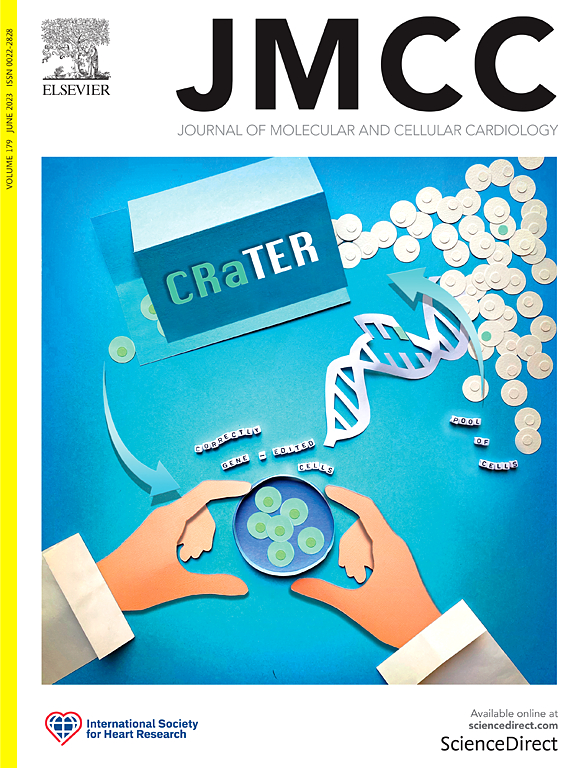使用有向图的亥姆霍兹分解检测心律失常期间的常规旋转活动。
IF 4.7
2区 医学
Q1 CARDIAC & CARDIOVASCULAR SYSTEMS
引用次数: 0
摘要
本文介绍了一种基于有向图亥姆霍兹分解的心脏再入检测新方法——DGM-CURL。DGM- curl是我们的开源诊断框架有向图映射(Directed Graph Mapping, DGM)的扩展。我们将DGM-CURL与两种现有的方法相映射(PM)和有向循环搜索(DGM-CYCLE)进行比较。探索了四个数据集:(1)模拟二维功能再入,(2)模拟三维解剖再入,(3)临床电解剖心房心动过速(AT)制图数据,(4)实验大鼠心室颤动(VF)光学制图数据。结果表明三种方法基本一致。将DGM-CURL应用于通过观察节点之间本地激活时间的差异而创建的网络,我们发现高curl值识别了平衡这些差异的流入和流出的图节点,指示了重新进入的区域。我们强调使用多种算法来检测旋转活动的重要性,因为每种方法都容易出错。使用联合方法降低了对错误的敏感性,并提供了心律失常旋转驱动动力学的更完整的图像。本文章由计算机程序翻译,如有差异,请以英文原文为准。
Detection of regular rotational activity during cardiac arrhythmia using the Helmholtz decomposition for directed graphs
We introduce DGM-CURL, a novel method to detect reentry in cardiac activation based on the Helmholtz Decomposition for directed graphs. DGM-CURL is an extension to our open-source diagnostic framework Directed Graph Mapping (DGM). We compare DGM-CURL to two existing methods, Phase Mapping (PM), and Directed Cycle Search (DGM-CYCLE). Four datasets are explored: (1) simulated two-dimensional functional reentry, (2) simulated three-dimensional anatomical reentry, (3) clinical electroanatomical atrial tachycardia (AT) mapping data, and (4) experimental rat ventricular fibrillation (VF) optical mapping data. Results indicate general agreement between all three methods. Applying DGM-CURL on networks created by looking at differences in local activation times between nodes, we find that high curl values identify graph nodes that balance the inflow and outflow of these differences, indicating areas of reentry. We stress the importance of using multiple algorithms to detect rotational activity as each method is prone to errors. Using a combined approach decreases the susceptibility to errors and offers a more complete picture of the dynamics of rotational drivers in cardiac arrhythmias.
求助全文
通过发布文献求助,成功后即可免费获取论文全文。
去求助
来源期刊
CiteScore
10.70
自引率
0.00%
发文量
171
审稿时长
42 days
期刊介绍:
The Journal of Molecular and Cellular Cardiology publishes work advancing knowledge of the mechanisms responsible for both normal and diseased cardiovascular function. To this end papers are published in all relevant areas. These include (but are not limited to): structural biology; genetics; proteomics; morphology; stem cells; molecular biology; metabolism; biophysics; bioengineering; computational modeling and systems analysis; electrophysiology; pharmacology and physiology. Papers are encouraged with both basic and translational approaches. The journal is directed not only to basic scientists but also to clinical cardiologists who wish to follow the rapidly advancing frontiers of basic knowledge of the heart and circulation.

 求助内容:
求助内容: 应助结果提醒方式:
应助结果提醒方式:


